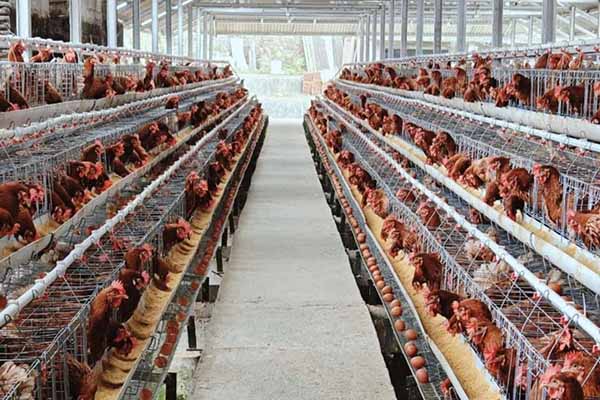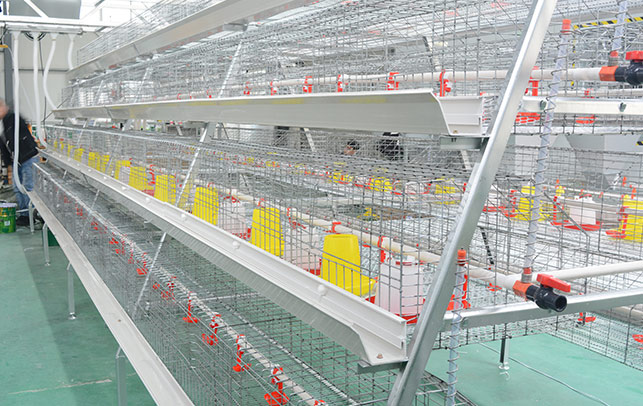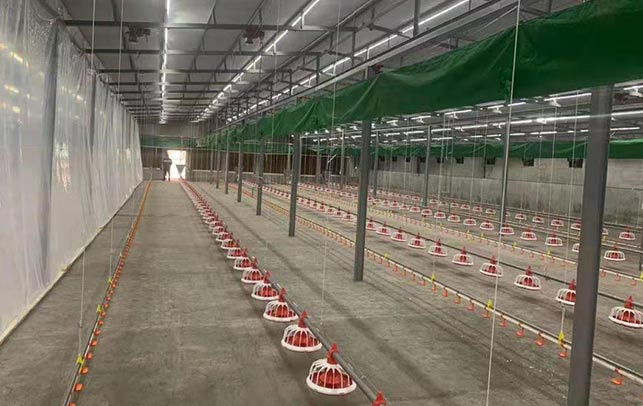Unlocking the Potential of Chicken Farming in Kenya
Time : 2025-05-12
In recent years, chicken farming has emerged as a lucrative venture in Kenya, providing a significant boost to the country’s agriculture sector. This article aims to delve into the intricacies of chicken farming in Kenya, offering practical insights and tips for aspiring farmers. Whether you’re a beginner or an experienced poultry farmer, this guide will equip you with the knowledge needed to thrive in the industry.
Understanding the Market
What’s Driving the Demand?
The demand for poultry products in Kenya has been on the rise, driven by several factors. First and foremost, the increasing urbanization has led to a growing middle class with a penchant for protein-rich diets. Additionally, the government’s efforts to improve food security and nutrition have also contributed to the popularity of chicken farming.
Market Segmentation
The Kenyan chicken market can be segmented into three primary categories: commercial, smallholder, and backyard farming. Each category caters to different consumer needs and presents unique opportunities for farmers.
Setting Up Your Chicken Farm
Choosing the Right Breed
Selecting the right breed is crucial for the success of your chicken farming business. In Kenya, popular breeds include the White Leghorn, Rhode Island Red, and the Black Australorp. Each breed has its own advantages, such as egg-laying capabilities, growth rate, and disease resistance.
Location and Infrastructure
Ensure your farm is located in an area with ample space for free-range or confined rearing. The infrastructure should include proper housing, feed storage, water supply, and waste management systems.
Feeding and Nutrition
Balanced Diet
A balanced diet is essential for healthy chickens. In Kenya, most farmers rely on commercial feed formulations, which are designed to meet the nutritional requirements of different growth stages. However, it’s important to supplement the diet with local ingredients like maize, beans, and rice to reduce costs.
Feed Hygiene
Always store feed in a dry, rodent-proof place to prevent spoilage. Regularly check the feed for signs of contamination and discard any that appears moldy or spoiled.
Health Management
Vaccination and Medication
Preventive healthcare is key to reducing losses in chicken farming. Regular vaccination against common diseases like Newcastle Disease and Fowl Pox is crucial. Also, consider using medications for worm control and to prevent coccidiosis.
Monitoring and Treatment
Keep a close eye on your flock’s health by monitoring their behavior, feed consumption, and egg production. If you notice any signs of illness, such as coughing, diarrhea, or reduced egg production, consult a veterinarian promptly.
Farm Management
Record Keeping
Maintain detailed records of your farm’s operations, including the number of chickens, feed consumption, egg production, and any health issues. This data will help you make informed decisions and track the performance of your farm.
Marketing Your Products
Explore various marketing channels to sell your poultry products. You can distribute to local markets, sell directly to consumers, or even consider online sales through platforms like Jumia or Tuskys.
Challenges and Solutions
Climate Change
Kenya’s varied climate can be challenging for chicken farming. To mitigate this, consider using energy-efficient housing and ventilation systems.
Disease Outbreaks
Disease outbreaks can devastate a chicken farm. Implement biosecurity measures, such as regular cleaning and disinfection, and restrict access to your farm to prevent the introduction of pathogens.
Success Stories
Several Kenyan farmers have successfully ventured into chicken farming, transforming their lives and communities. For instance, the Muriithi family in Nakuru has built a thriving business through their chicken farm, providing jobs and contributing to the local economy.
Conclusion
Chicken farming in Kenya offers immense potential for farmers looking to diversify their income sources. By understanding the market, setting up a well-managed farm, and adopting best practices in feeding, health management, and marketing, you can increase your chances of success. Embrace the journey, and who knows, you might just become the next success story in the Kenyan poultry industry.
Tags:












